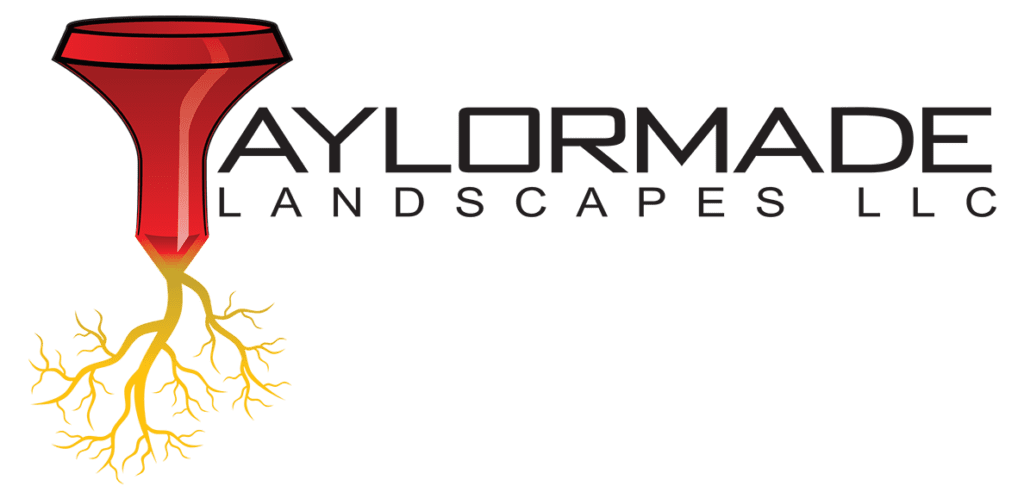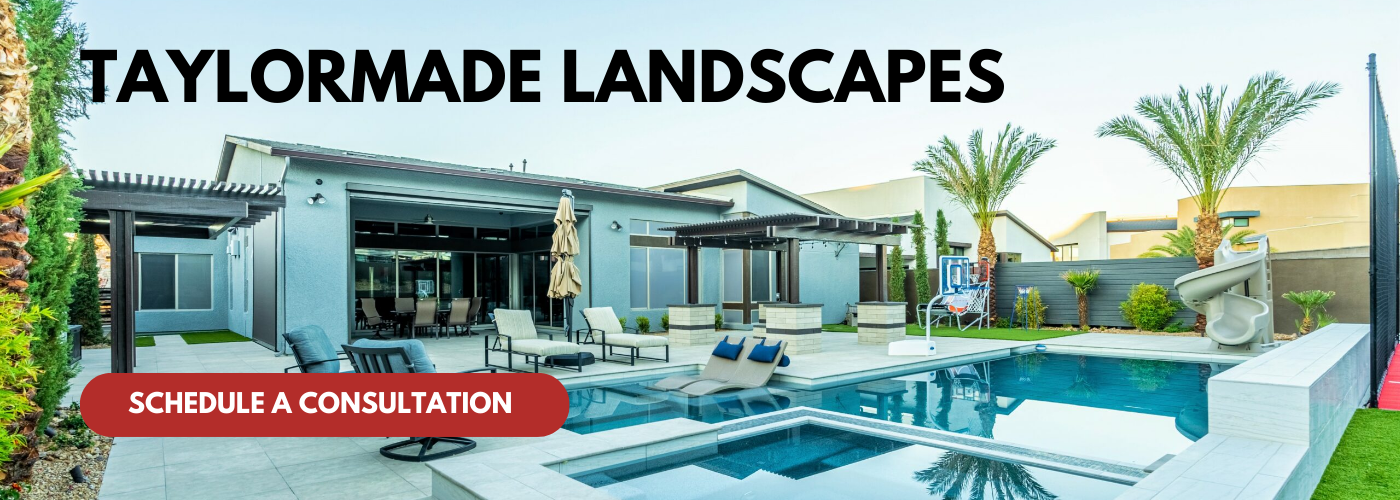As urban living continues to gain popularity and more individuals are opting for compact homes, the quest for maximizing outdoor spaces becomes increasingly relevant. Small backyards often serve as invaluable extensions of our living areas, providing a sanctuary for relaxation, entertainment, and even gardening. However, designing a cohesive and functional outdoor environment in limited space can pose unique challenges. In 2025, homeowners and landscape designers alike are turning to innovative hardscape options to enhance the aesthetic appeal and usability of these cozy backyards.
Hardscape elements—such as patios, walkways, retaining walls, and decorative stones—are essential in shaping the outdoor experience. They not only contribute to the overall design but also set the stage for integrating softscape elements like plants and flowers. With advances in materials and construction techniques, modern hardscape solutions are becoming more versatile, allowing for greater creativity and functionality in small spaces. Whether it’s maximizing vertical use, creating multi-functional areas, or incorporating sustainable materials, the hardscape choices available today offer an array of possibilities tailored for petite backyards.
In this exploration of the best hardscape options for small backyards in 2025, we will delve into the latest trends and innovative designs that promote efficiency without sacrificing style. From modular paving systems to vertical gardens and permeable surfaces, this guide aims to inspire homeowners to rethink their outdoor spaces and embrace the potential of hardscaping. Join us as we uncover the most effective strategies for transforming small backyards into charming, practical retreats that cater to modern lifestyles.
Space-Efficient Paving Materials
When planning a small backyard, choosing the right hardscape materials is crucial for optimizing space while maintaining aesthetic appeal. In 2025, space-efficient paving materials have become increasingly popular due to their versatility and ability to create an illusion of a larger area. Materials such as permeable pavers, modular concrete blocks, and interlocking stone can be both functional and visually pleasing. These options not only provide durable surfaces but also contribute to efficient drainage, an essential consideration in landscape design.
Permeable pavers, for instance, are designed to allow water to percolate through the joints and into the soil below, reducing runoff and promoting groundwater recharge. This feature is particularly beneficial in small backyards where water pooling can be a nuisance. Moreover, the aesthetic variety offered by these pavers allows homeowners to create unique patterns and designs that can enhance the overall look of their outdoor space.
Another innovative choice is modular concrete blocks, which can be arranged in numerous configurations. They offer flexibility in design and can be used to create raised beds, seating areas, or pathways. The ability to customize these elements means that homeowners can maximize the utility of their space without overcrowding. Additionally, lighter-colored materials or those with reflective surfaces can help to brighten small areas, making them feel more open and inviting.
As we progress through 2025, landscaping trends increasingly favor hardscaping solutions that incorporate green elements. For example, combining paving materials with integrated planters or green roofs can help maintain a connection with nature, enhancing the tranquility of smaller spaces. Ultimately, choosing space-efficient paving materials is about striking a balance between utility, aesthetics, and sustainability—ensuring that even the tiniest outdoor areas can be transformed into functional and beautiful retreats.
Multi-Functional Hardscape Features
Multi-functional hardscape features are emerging as a pivotal element in the design of small backyards, particularly in 2025, where innovative landscaping is tailored to maximize utility while minimizing spatial limitations. These features serve various purposes, merging aesthetics with functionality. For instance, a bench that doubles as storage can provide seating while keeping outdoor supplies neatly tucked away. Similarly, a pergola designed with integrated lighting and built-in planters can enhance both lighting and vegetation, creating a cozy yet practical outdoor space.
In the context of small spaces, versatility is key. Hardscape elements can be designed to fulfill multiple roles, thus avoiding the clutter that can accumulate in confined areas. For example, a raised patio can function as both a seating area for gatherings and a platform for a fire pit or grill, allowing for a fully equipped entertainment space without needing separate areas. This efficiency not only maximizes usage but also opens up pathways and sightlines, making small backyards feel larger and more open.
Beyond traditional uses, homeowners in 2025 are increasingly looking to incorporate smart technology into their hardscape features. This can include built-in speakers in patios for ambient music, LED lights that change colors through an app, or even outdoor charging stations for devices. These enhancements not only elevate the functionality of the space but also contribute to a modern outdoor lifestyle that seamlessly integrates with indoor living. As outdoor living continues to trend upward, the demand for multi-functional hardscapes will only grow, with a focus on products that can adapt to various uses and designs, all while prioritizing sustainability and aesthetic harmony.
In conclusion, the trend toward multi-functional hardscape features reflects a broader shift in landscaping philosophies, prioritizing versatility, efficiency, and integration in small backyards. Homeowners are looking for solutions that provide maximum enjoyment without compromising on style or space, making these features essential for modern small-space design in 2025.
Vertical Hardscaping Solutions
In 2025, vertical hardscaping solutions are emerging as a premier choice for maximizing space and creativity in small backyards. These solutions involve utilizing vertical space to create dynamic and functional outdoor environments that go beyond traditional horizontal designs. By incorporating walls, trellises, vertical gardens, and stacking elements, homeowners can effectively engage with limited space, providing both aesthetic appeal and practical benefits. Vertical elements can serve as beautiful privacy screens, enhance security, and create additional planting areas for flowers, herbs, or vegetables, ensuring that even the smallest of yards can flourish.
One significant advantage of vertical hardscaping is its ability to introduce layers and depth to an otherwise flat landscape. By integrating features such as living walls or green screens, homeowners can incorporate natural elements that not only beautify the space but also offer insulation and improved air quality. The use of trellises supports climbing plants, adding greenery without taking up valuable ground area. In addition, features like multi-tiered planters and wall-mounted fixtures can facilitate more efficient water drainage and sunlight exposure, promoting flourishing plant life even in compact environments.
As urban living continues to encourage smaller residential lots and a focus on maximizing usability, vertical hardscaping offers an innovative approach to outdoor design. Homeowners are increasingly looking for solutions that allow them to customize their small backyards while also ensuring functionality. Incorporating elements like vertical railings that double as planters or modular furniture that can be reconfigured sits well with today’s preferences for flexibility. As we move through 2025, the emphasis will remain on creating sustainable, multifunctional spaces that celebrate the outdoors without sacrificing style or space. With vertical hardscaping, every square foot can be transformed into an opportunity for creativity—making these solutions ideal for anyone looking to enhance their small backyard.
Sustainable Hardscape Practices
In 2025, sustainable hardscape practices are expected to gain even more prominence, reflecting a growing awareness of environmental concerns and a desire for eco-friendly landscaping solutions. This approach emphasizes the use of materials and techniques that minimize ecological footprints while enhancing the beauty and functionality of small backyards. One of the cornerstones of sustainable hardscaping is the use of permeable paving. These materials allow water to seep through, reducing runoff and helping to replenish groundwater. This feature not only supports rainwater management but also mitigates flooding during heavy storms, making it an ideal choice for areas prone to such issues.
In addition to permeable paving, the integration of recycled materials into hardscape designs is gaining traction. Designers are increasingly opting for reclaimed bricks, stones, and even concrete, which can add character while minimizing the need for new resource extraction. This practice not only lessens waste but also invites a rustic aesthetic that can be particularly enchanting in smaller urban settings. Moreover, utilizing local materials can reduce transportation emissions, further enhancing the ecological benefits.
Sustainable lighting solutions are also becoming essential components of hardscaping. Energy-efficient LED lighting and solar-powered fixtures can illuminate pathways and highlight garden features without incurring high energy costs or environmental impact. Alternative energy solutions are being embraced, promoting an overall design that harmonizes nature and technology.
Incorporating green elements into hardscaping, such as green roofs or living walls, offers both aesthetic and environmental benefits. These features can improve air quality, reduce heat island effects, and promote biodiversity within small outdoor spaces. Consequently, homeowners can create vibrant gardens that serve as habitats for local wildlife while maximizing their limited square footage.
Ultimately, sustainable hardscape practices provide an opportunity for homeowners to express their values while making informed decisions that support ecological health. By combining aesthetic appeal with functionality, contemporary design in small backyards aims to create inviting spaces that celebrate nature and promote sustainability. As these practices become more mainstream, they are shaping the landscape of backyard design in a way that is both innovative and responsible.
Innovative Design Trends for Small Spaces
In 2025, innovative design trends for small outdoor spaces are poised to emphasize a harmonious balance between aesthetics and functionality. As urban living evolves, so does the need to maximize limited outdoor areas while creating environments that invite relaxation and social interaction. Recognizing that small backyards can serve as personal retreats, designers are leaning towards multifunctional elements that cater to diverse lifestyles. One of the key trends includes the use of modular furniture, which can be easily rearranged or stored when not in use, providing versatility without compromising on style.
Another notable trend is the integration of smart technology within hardscape elements. Lighting systems that can be controlled via smartphone apps allow homeowners to customize mood and ambiance. Moreover, features like solar-powered outdoor lighting and automatic irrigation systems promote both eco-friendliness and convenience. This technological integration not only enhances the user experience but also reflects a commitment to sustainable practices, aligning with the growing awareness of environmental stewardship among homeowners.
Color palettes in hardscaping are also evolving, with trends pointing towards natural hues that blend seamlessly with the surrounding environment. Earthy tones such as muted greens, soft browns, and warm grays create a calming backdrop for garden elements, making even the smallest spaces feel open and inviting. Textured materials are gaining popularity as well, with a focus on tactile richness that adds depth and interest. For instance, combining smooth stone surfaces with rustic wood elements can deliver a visually appealing contrast that enhances the overall aesthetic.
In essence, the trends for hardscaping small backyards in 2025 are centered on innovation, sustainability, and functionality. By thoughtfully integrating these elements, homeowners can transform their limited outdoor spaces into appealing, usable, and efficient areas that enrich their living environments. Whether pursuing a minimalist approach or a more elaborate design, the key is to create a space that not only looks good but also meets the unique lifestyle needs of the residents.



